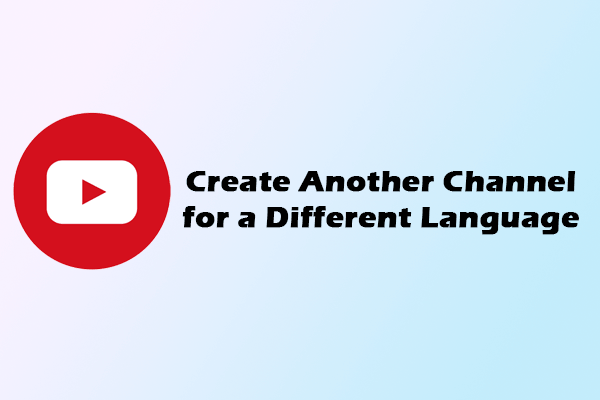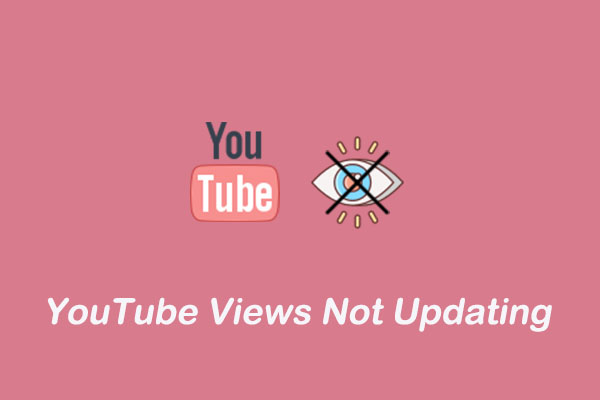As video content becomes more central, understanding viewer behavior on YouTube is essential for success. One key metric that reflects audience engagement is the bounce rate – a term commonly used in the context of websites.
In this post, I’ll provide a comprehensive guide on YouTube bounce rate, including what it is, why it matters, as well as how to take action to reduce it.
What Is YouTube Bounce Rate?
On a website, bounce rate refers to the percentage of visitors who land on a page and leave without taking any further action or navigating to another page. However, for YouTube, the concept of bounce rate generally refers to how quickly viewers stop watching your video or leave your channel after clicking on a video.
If a viewer clicks on your video and exits within the first few seconds or never returns to watch more of your content, that can be considered a “bounce.” High bounce rates often suggest that the content did not meet the viewer’s expectations, wasn’t engaging enough, or failed to guide the viewer to watch more content.
Key Metrics Related to YouTube Bounce Rate
Typically, YouTube does not offer a “bounce rate” metric in the same way that Google Analytics does for websites. But there are several analytics metrics that provide similar insights. Here are the main metrics you should track:
1. Audience Retention
This shows how long viewers watch your video before clicking away. If most viewers leave within the first 30 seconds, it indicates a high bounce rate and suggests your content isn’t meeting their expectations.
2. Click-Through Rate (CTR)
CTR measures how often viewers click on your video after seeing the thumbnail. A low CTR can suggest that your video isn’t attracting attention, while a high CTR followed by poor retention can indicate clickbait thumbnails or titles.
3. Session Duration
This metric tracks how long viewers stay on YouTube after watching your video. If they exit the platform shortly after your video, that’s a signal to YouTube that your content didn’t keep the user engaged.
Common Causes of High Bounce Rate on YouTube
Wondering why your YouTube video bounce rate is so high? Understanding what leads to high bounce rates helps creators refine their content. Some of the most common causes include:
- Misleading thumbnails or titles: If your title or thumbnail promises something the video doesn’t deliver, viewers will click but leave quickly.
- Bad video intros: The first 15-30 seconds are crucial. If your video fails to grab attention before getting to the point, people will click away.
- Low video or audio quality: Bad lighting, poor sound, or choppy editing can quickly turn off your audience.
- Irrelevant content: If a video appears in search results for one topic but discusses another, viewers are more likely to leave.
How to Reduce Bounce Rate on YouTube
How can you reduce the bounce rate on YouTube? Here are several actionable strategies to retain your viewers and lower your bounce rate:
1. Hook Viewers in the First 15 Seconds
First, you should grab the attention of your viewers quickly. Therefore, you can start by asking a compelling question, teasing what’s coming, or presenting the problem you’re going to solve. At the same time, avoid using long and boring intros.
2. Deliver What You Promise
If your title and thumbnail promise a specific topic, make sure your content matches the expectations set by the title and thumbnail. Avoid clickbait, as it leads to quick exits.
3. Improve Video and Audio Quality
The most crucial factor that affects the bounce rate is your video and audio quality. So, to improve the quality, it’s advisable to invest in decent lighting, microphones, and editing tools. Meanwhile, include background music, text overlays, transitions, and animations to keep viewers’ attention.
4. Create Playlists
Additionally, you can reduce your YouTube bounce rate by organizing videos into playlists to promote binge-watching. This tactic encourages your viewers to watch more of your content and increases session duration.
5. Add End Screens and Cards
At the end of your video, you can guide your viewers to related videos or playlists by adding end screens or cards. This helps keep people on your channel and reduce the chance they’ll leave YouTube after one video.
Conclusion
If people are leaving your videos early, it’s time to pay attention to a metric – bounce rate. Here, we’ve discussed what the YouTube bounce rate is, key metrics related to bounce rate, common reasons for high YouTube bounce rate, and actionable tips to reduce it.



